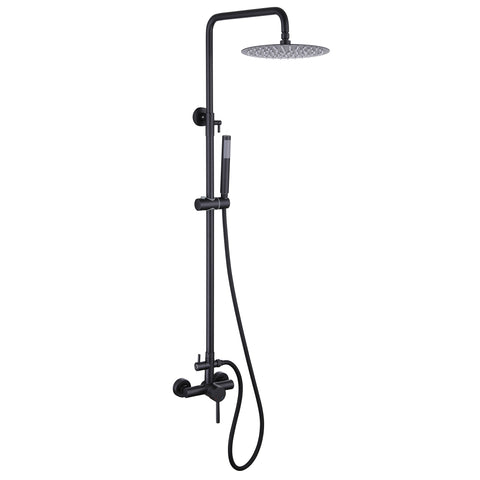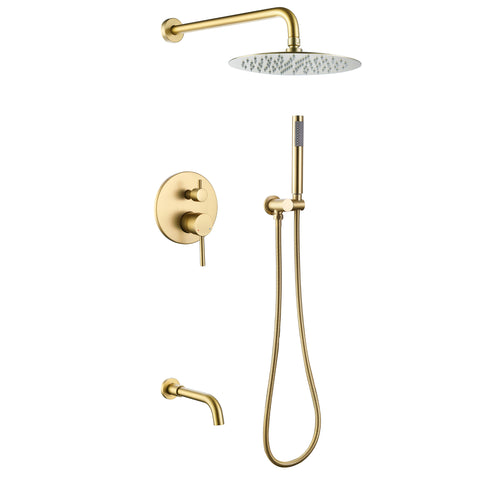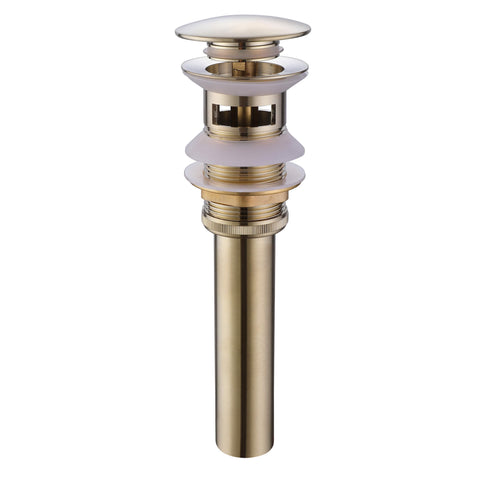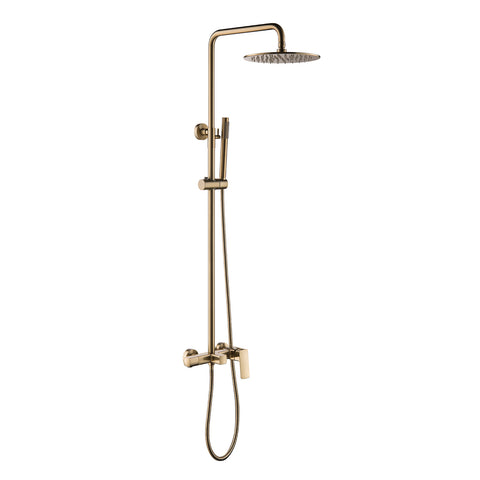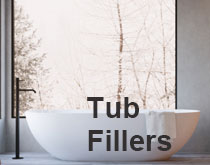How to Repair a Single-Handle Bathroom Faucet
Repairing a single-handle bathroom faucet can be a satisfying DIY project if you have basic plumbing skills and the right tools. This step-by-step guide will help you fix common issues such as leaks, drips, or handle problems on your single-handle bathroom faucet.
Note: Before you begin, turn off the water supply to the faucet using the shut-off valves under the sink.
Tools and Materials You May Need
- Adjustable wrench
- Screwdrivers (Phillips and flat-head)
- Plumber’s tape
- Replacement parts (cartridge, O-rings, seals)
Repair Steps
- Inspect and diagnose the problem: Identify what’s causing the issue, such as dripping, low pressure, or difficulty turning the handle. This will guide which parts you need to replace.
- Gather replacement parts: Once diagnosed, get the necessary parts—usually a new cartridge, O-rings, or seals specific to your faucet model.
- Turn off the water supply: Close both hot and cold shut-off valves under the sink.
-
Remove the faucet handle:
a. Remove any decorative caps or covers.
b. Unscrew the handle screw with a screwdriver.
c. Carefully lift off the handle to expose the cartridge. -
Replace the cartridge:
a. Use an adjustable wrench to remove the retaining nut if needed.
b. Pull out the old cartridge and insert the new one, ensuring it’s properly aligned. - Inspect and replace O-rings: If leaking persists, inspect O-rings and seals for wear. Replace any damaged components to restore a tight seal.
-
Reassemble the faucet:
a. Reinstall the handle, aligning it with the cartridge.
b. Secure with the screw and reattach any decorative caps or covers. - Turn on the water: Gradually open the shut-off valves and check for leaks.
- Test the faucet: Operate the handle to ensure smooth motion and check for leaks or drips.
- Adjust temperature and pressure: Fine-tune the handle adjustments if needed for comfortable water flow and temperature.
- Clean up: Dispose of old parts properly and wipe the area clean of any debris or water spills.
If you encounter any difficulties or feel unsure about the process, consult your faucet’s manufacturer instructions or seek help from a professional plumber to avoid further complications.
